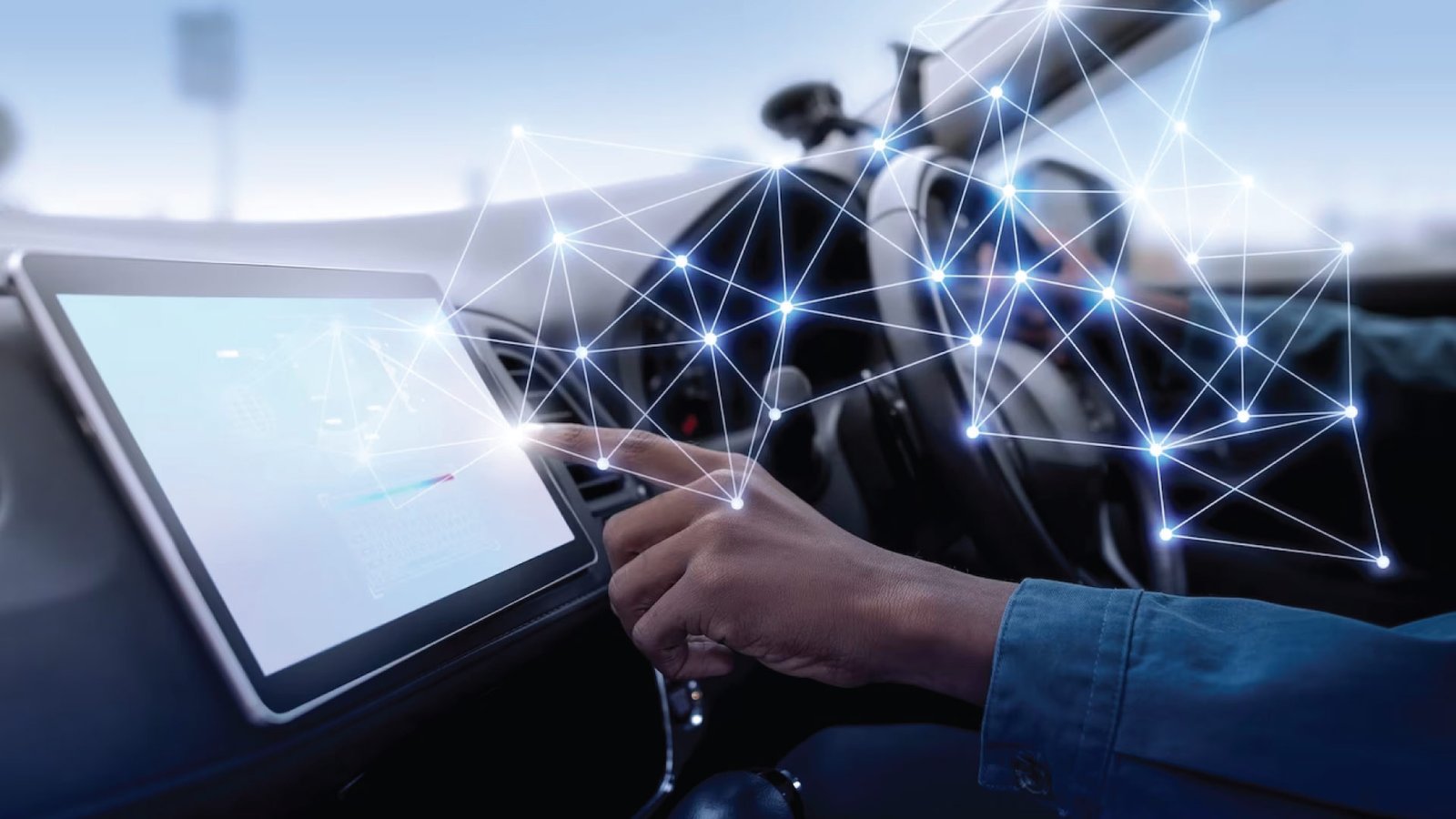This article explores how autonomous driving technologies work, including sensors, algorithms, and software, and discusses their potential impact on the transportation industry.
Autonomous driving technology is a rapidly advancing field that aims to create self-driving cars capable of navigating roads and making decisions without human intervention. The technology has been in development for decades, but recent advances in machine learning, artificial intelligence, and computer vision have made autonomous driving closer to becoming a reality.
Autonomous driving technology can be classified into several levels, each with increasing levels of autonomy. At Level 0, the driver has full control of the vehicle. At Level 1, the vehicle can assist the driver with tasks such as steering or braking. At Level 2, the vehicle can take over some driving tasks, but the driver must remain alert and ready to take control at any time. At Level 3, the vehicle can operate autonomously in certain conditions but requires the driver to take over in other situations. At Level 4, the vehicle can operate autonomously in most situations, but the driver may need to intervene in certain circumstances. Finally, at Level 5, the vehicle is fully autonomous, and the driver is no longer required.
There are many potential benefits to autonomous driving technology. It could reduce accidents caused by human error, decrease traffic congestion, and provide greater mobility for those who are unable to drive, such as the elderly or disabled. However, there are also potential drawbacks, including concerns about the safety and reliability of autonomous vehicles, the impact on jobs in the transportation industry, and the potential for hackers to exploit vulnerabilities in autonomous systems.
Despite these concerns, many companies and governments are investing heavily in autonomous driving technology. Companies such as Google, Tesla, and Uber are developing their own autonomous driving systems, while governments are creating regulations and infrastructure to support the technology. As autonomous driving technology continues to advance, it has the potential to fundamentally change the way we travel and live.
Sensors
Autonomous driving technologies rely on various sensors to gather information about the vehicle’s surroundings. LIDAR, radar, and cameras are some of the most commonly used sensors in autonomous driving systems. LIDAR sensors use laser beams to create a 3D map of the vehicle’s surroundings, while radar can detect the position and speed of other vehicles on the road. Cameras can capture visual information about the environment, including road signs and lane markings.
Algorithms and Software
Algorithms and software are used to analyze the data collected by the sensors and make decisions about how the vehicle should operate. For example, the algorithms might determine the vehicle’s speed and direction based on the position of other vehicles on the road, road conditions, and traffic signals. The accuracy and reliability of these algorithms and software are essential for the safe operation of autonomous driving systems. Extensive testing is required to ensure that the algorithms and software can handle unexpected situations, such as road construction or accidents.
Communication
Effective communication is crucial for the safe operation of autonomous driving systems. Autonomous vehicles must be able to communicate with other vehicles on the road, as well as with infrastructure such as traffic lights and road signs. Communication protocols and infrastructure must be developed to ensure that autonomous driving systems can communicate effectively with other vehicles. Dedicated short-range communication (DSRC) systems are an example of the infrastructure that can be used to enable communication between autonomous vehicles.
Progress and Future
Many companies and governments are investing heavily in the development of autonomous driving technologies, and rapid progress is being made in this field. Autonomous driving technologies have the potential to create a safer and more efficient transportation system by reducing accidents caused by human error and decreasing traffic congestion. However, there are also concerns about the safety and reliability of autonomous vehicles, the impact on jobs in the transportation industry, and the potential for hackers to exploit vulnerabilities in autonomous systems. As the technology continues to advance, it will be important to monitor these issues and ensure that autonomous driving systems are safe and reliable for all users of the road.
Conclusion
In conclusion, autonomous driving technologies are rapidly advancing and have the potential to revolutionize the transportation industry. These technologies rely on sensors, algorithms, and software to function, and effective communication protocols and infrastructure must be developed to ensure their safe operation. While there are concerns about the safety and reliability of autonomous vehicles, as well as the impact on jobs and the potential for cyber attacks, the benefits of autonomous driving technologies are numerous. By reducing human error, improving traffic flow, and decreasing accidents, autonomous vehicles have the potential to create a safer and more efficient transportation system. As the technology continues to evolve, it will be important to monitor these issues and ensure that autonomous driving systems are safe and reliable for all users of the road.
Visit AITechPark for cutting-edge Tech Trends around AI, ML, Cybersecurity, along with AITech News, and timely updates from industry professionals!

